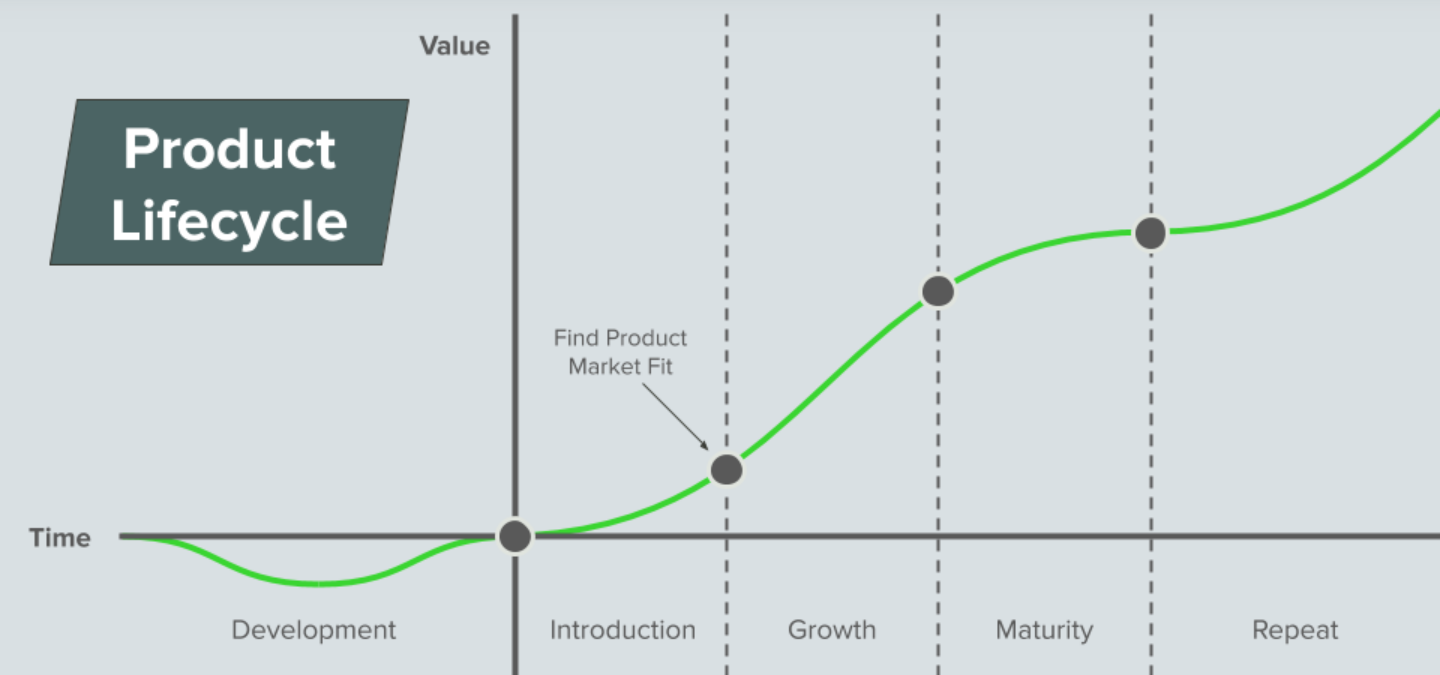Product-Market Fit: A Key Component of Successful Startups and why it's important for CFOs
Apr 14, 2023
Product Market Fit is critical for startups and Fast Growth businesses, so I wanted to go through Product Marketing Fit ("PMF") in two sections.
First, what does PMF mean for the business as a whole?
Secondly, what does PMF mean for senior Finance leaders specifically?
Let's start with PMF - what is it?
For startup companies, PMF is the point at which a product satisfies the needs of a specific market. It's when the product solves a real problem for a group of customers and creates enough value to make them willing to pay for it.
A great example of PMF is Uber. Uber launched in 2010 as an alternative to traditional taxi services. It solved a real problem for customers who were dissatisfied with the inconvenience of hailing a taxi on the street. The service created enough value for customers to be willing to pay for it, and it reached those customers through an effective go-to-market strategy.
There are different ways of looking at PMF.
Firstly, how do you know that you have achieved PMF?
The 40% rule Product Market fit.
The 40% rule is a way to measure product-market fit. It states that if at least 40% of surveyed customers say they would be "very disappointed" if the product were no longer available, the company has achieved product-market fit.

(source: chart is from https://www.newbreedrevenue.com/blog/product-market-fit)
To justify product-market fit, companies need to gather and analyse data from their customers. This includes feedback, engagement metrics, and revenue data. By analysing this data, companies can determine if their product is meeting the needs of their target market.
There are also several key elements that contribute to product-market fit. These are:
1. Customer understanding: Understanding the needs, desires, and pain points of the target market.
2. Product development: Developing a product that addresses the needs and desires of the target market.
3. Go-to-market strategy: Developing an effective strategy for reaching and acquiring the target market.
There are many more different elements of Product Market fit, however as this article is for accountants and Finance leaders rather than CPO's, I'll leave it there and talk about why this is important for us!
Understanding Product Market fit for Finance leaders
Understanding product-market fit is important for CFOs of startup companies because it sets the foundation for sustainable growth. Achieving product-market fit helps to validate the company's business model, increases its attractiveness to investors, and provides a clear direction for the company's financial strategy.
It's particularly very important in those initial stages of the business to encourage focus.
I personally have worked for a few startups that are pre-revenue and encouraging the entire business to focus on just this one thing (PMF) and not to get distracted by anything else is incredibly important.
You would be surprised how many times I've had to encourage this focus. If it doesn't get the business to PMF, don't do it, don't spend it, don't hire them, don't look at it. Get Product Market Fit and then we can look at other things.
Product Market Fit also helps CFOs to understand the company's key revenue drivers, customer acquisition costs, and lifetime customer value. Without product-market fit, a company will struggle to acquire and retain customers, and will not be able to scale, making it difficult for CFOs to achieve the company's financial goals.
You will also find that when pitching to investors and VCs the focus will be how the company achieved their PMF and what problem the company is trying to fix. Once PMF has been achieved the business is then able to invest in growth rather than primarily product development.
Problem with PMF
After that initial launch, the problem with product-market fit is that it's not a one-time event. Market conditions, customer needs, and competitor activity can change over time, which means that companies need to continually monitor and adapt their product and go-to-market strategy to maintain product-market fit.
It's worthwhile ensuring that the Product team and Commercial teams consistantly have this in the back of their minds, particularly if you find that the demand is dropping and there isn't a strong understanding as to why.
Understanding Product Market fit both for the business and CFOs is incredibly important for the success of the business and the success of how the finance team can contribute and add value to the business.
Links:
- Get your FREE Guide: Stepping into the role of Finance Director or CFO
- Register for the mini-course, Upgrade your Management Accounts and get noticed by the business
- Work with me in the Financial Leadership Foundations course that includes monthly Q&A sessions where we can discuss all of your questions and how to apply your learnings to your current role.
- Work with me as a Founder needing guidance and support from experienced Finance leaders.

